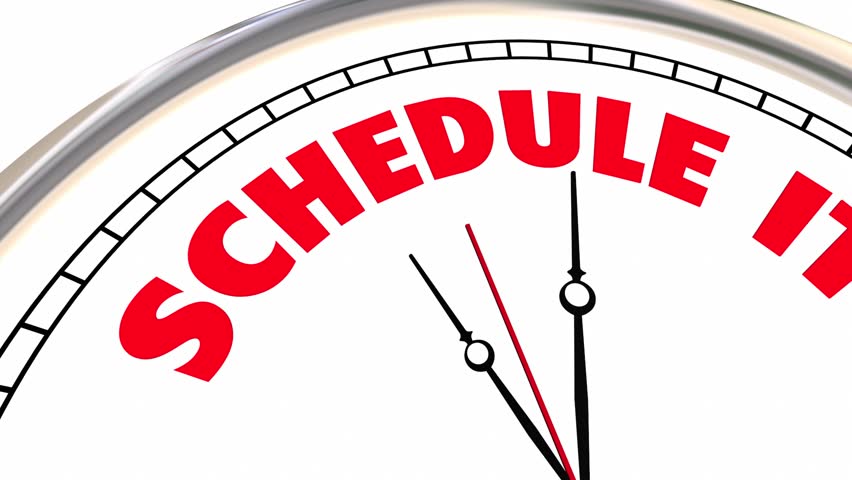Global Forum For Indurstrial Devlopment is SPONSORED BY ICO INDIA
- MP Society Registration (Act. 1973 No. 44) 03/27/01/21857/19 (MSME Forum Established Since-2009)

You should know this before we venture any further: your content delivery schedule should suit the needs of your specific buyers and content goals. If you know this, then you can quickly deduce that only you know what you need, thus making all the other “certified” schedules and ideas practically irrelevant. Every company that uses content to advertise has a different audience and different target groups.
Your content delivery schedule should be targeted to the needs of your audience.
This gives you a lot of leeway to go out into the big world and explore your options. Try posting in the morning first. If, after a week or two, you notice that your reach is meeting your goals, change tactics—go for the evening. With this learn-as-you-go technique you will surely see the habits of your target audience and learn valuable information about them, your content, and yourself.
The sweet-spot that you are chasing when scheduling content is this very idea. Your activity has to be interesting and informative, but even those things have their limits. Your content can be as informative as a whole library, but if you post it every 5 minutes, then people are just going to see your content as spam—and no one pays attention to spammers.
Some people suggest that frequent posting (like 14 times per day) should be reserved for Twitter only, as it allows only short content to be delivered effectively.
Other social media (which allow longer content, like Facebook, LinkedIn and G+) do not require such frequency. It will be enough that you put one or two daily posts on these networks and your work is done. Your posts have to be really informative and of highest quality, though.
Another thing that you have to realize is that not everyone is online at all times (some of us are, but we are a minority). Those that are not online when you put out your content will most probably miss your post. This especially goes for Twitter. A single tweet has been found to have maximum impact during the first eighteen minutes after sharing.
During this time, RTs happen and your post has reached its biggest crowd. Obviously, you want the majority of your target audience to be online when your tweet happens, as after those 18 minutes, the number of people who can see your tweet on their line will be significantly reduced. You can find a lot of useful online resources from Firstsiteguide.com to help you with this issue and building a blog in general.
Repurposing and refurbishing what you’ve already used can be a great little hack, especially if you want to try some new things out. This way, you’ve already got a proven piece of content with which you can test your new scheduling ideas. Find a post that was made during the night and post it in the middle of the day. See how it fares. You can also go vice-versa. Just don’t make the mistake of sharing it with the same people (unless it’s something like a memory from three or so years ago), as this will move you to the same line with the other spammers.
Organizing such a thing as a content schedule requires someone who is very organized and able to see the bigger picture, but it is absolutely necessary in order to achieve the desired goals and reach the proper audience. Good online marketing can turn the tides (and sales) for the better and even help you stand up to the big dogs, but only if done properly. Hopefully, with these secrets, you’ll be able to create an organized content schedule that will benefit your business.